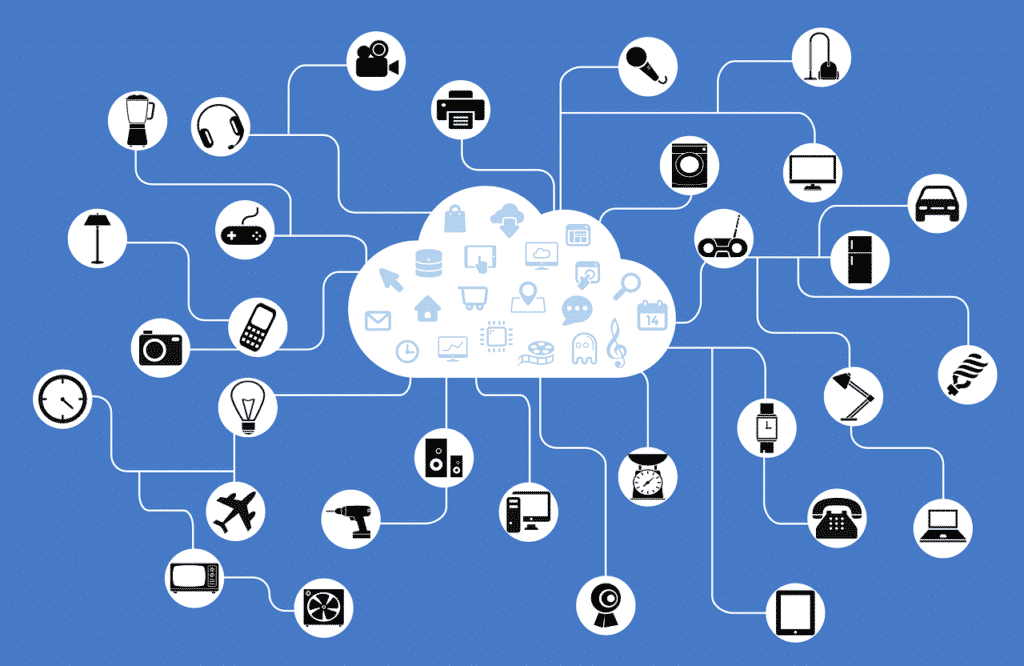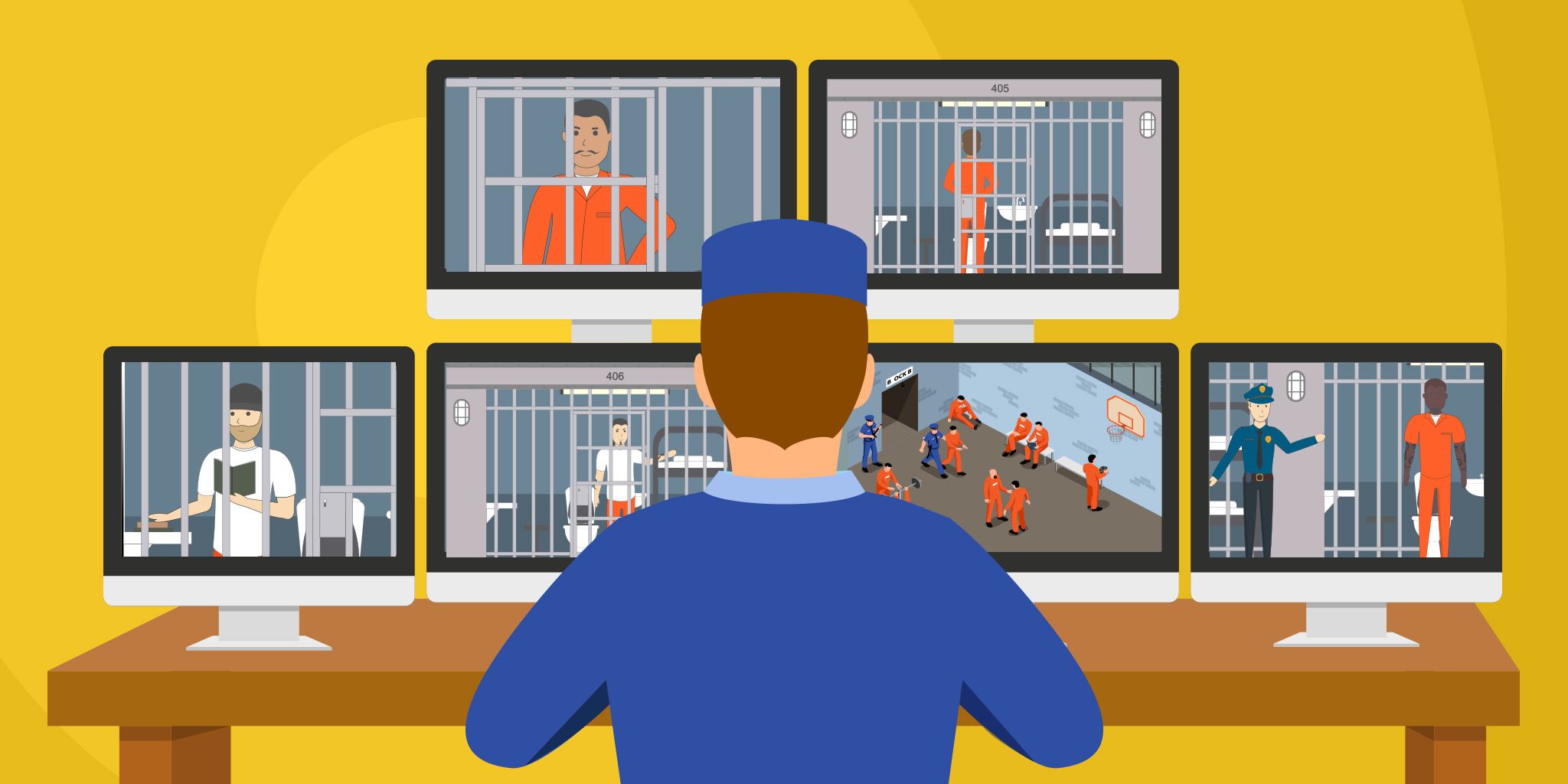The State of the Smart Home: Leading Manufacturers Weigh In
The State of the Smart Home: Leading Manufacturers Weigh In
- Last Updated: December 2, 2024
Z-Wave Alliance
- Last Updated: December 2, 2024



With new market projections and statistics being released on what seems like a daily basis, it’s easy to see that the smart home continues to be a talked-about trend and a major opportunity across many industries.

Image Credit: Pixabay.com
As executive director of the Z-Wave Alliance, a member consortium of over 700 companies supporting the Z-Wave smart home protocol, I am fortunate to work with companies who are at the forefront of the smart home revolution. I reached out to our dynamic board of directors for their insight into the smart home. Specifically, I wanted to know what they saw heading into 2020 and beyond, and what the next 10 years might look like when it comes to markets and applications for the Internet of Things (IoT). More importantly, I wanted to know: how will today’s challenges and opportunities impact critical-mass adoption from consumers, businesses, and organizations around the world?
The smart home continues to be a talked-about trend and a major opportunity across many industries. How will today’s challenges impact critical-mass adoption from consumers, businesses, and organizations around the world?
Senior leadership from Alarm.com, Yale Residential, Ingersoll-Rand, and Silicon Labs join me to weigh in with their thoughts and perspectives on the smart home, key opportunities and challenges, and where we’re headed next.
Smart Home Insights From Leading Manufacturers
- What are the ways in which smart homes have changed the most in the last ten years? What are the key trends that have most impacted smart home growth in this time period?
The smart home has changed a lot in the last ten years but even more drastically in the last one to two, particularly in the way that services are rendered, customer engagement and understanding of its value prop.
“In the last ten years, the smart home has moved from purely static services (only available in the home) to complete remote connectivity—that is, being able to control your home from anywhere,” said Kevin Kraus, Director of Technology and Integration Support for Yale Residential.
Roy Perry, VP Ecosystem Alliances for Alarm.com, feels that changes in the smart home have reached a tipping point in the last year or two in terms of consumer engagement. “The average consumer now expects to be able to buy a smart home product instead of hoping to or wanting one that meets their needs. Attaching the value prop of the smart home to home security, which is something many people already pay for, and delivering robust support through service provider channels, has been significantly impactful.”
Another common sentiment? Smart home adoption and interest from mainstream consumers have come in waves. According to George Land, General Manager, Digital Products for Ingersoll Rand Residential HVAC, “The first wave of smart home adoption came through the security value proposition; the second wave was driven by convenience as smart speakers and digital assistants came into prominence. Now, we’re seeing the energy efficiency and sustainability value prop grow.”
Johan Pedersen, who manages product marketing for the smart home/IoT group within Silicon Labs, agrees that adoption has trickled in as technology as a whole has matured. “With the advent of the first smart phones in June 2011, we saw the mass market smart home begin to take hold after being in the domain of either the ultra-high-end or the gadget-based business like 'the clapper.' The ability not only to monitor but to control the home remotely became a value-add service that the professionally monitored security vertical quickly adopted, and they became a key to driving consumer adoption. This security trend has resonated with consumers, and the DIY market has been a natural off-shoot in parallel with wireless technology enhancements, such as Z-Wave SmartStart, which makes installing devices truly plug-and-play.”
- What other applications for IoT technology found in smart homes (smart sensors, lighting, etc.) will we start to see gaining traction in 2020 and in the next 10 years (i.e. commercial applications, smart cities, etc.)?
From a device-specific perspective, security continues to be a big driver of growth. With the growing consumer awareness of smart home security monitoring, security remains an entry-point for consumers into the smart home. “One of the fastest-growing categories is smart door locks. We’ve already seen double-digit growth over the past few years. We’ll also see an increase in predictive behavior from smart home products—the idea of your home already knowing what you need it to do before requesting it,” said Kraus.
We’ve seen this interest continue to expand from the Z-Wave perspective as well, as sensors, locks, and doorbells remain a large portion of the Z-Wave certified product lineup. But what about looking beyond devices and applications for the future smart home?
“Many people talk about smart home growth in terms of new devices, but even better is the growth we’re seeing in engagement. Home and business owners are increasingly embracing multi-device solutions for the tangible benefits that they bring to their lives,” Perry noted.
There's also the consideration of new technology, like context-aware and AI, and how it will impact the consumer experience. There is a lot of value in a smart home that can go beyond control via an app to intuitively understand its residents and make decisions based on the way they live.
“Smart environments will benefit from the marriage of AI and sensors, creating adaptive responses to the context in homes and buildings,” said Pedersen. “Advancement in memory and end-device computation power, like we see in the recently launched Z-Wave 700, which can achieve 10 years of battery life on a coin cell and a powerful on-board ARM processor, allows for a new breed of sensors that will benefit a much broader range of solutions from energy-savings, to aging-in-place, to preventative monitoring of infrastructure in the home and beyond.”
- Will new technology and applications outside the smart home impact greater consumer awareness and adoption?
From hotels to office buildings, apartments to city streets, technology commonly found in the smart home is seeing new applications and uses. If consumers are already comfortable with the tech in their homes, there is a good chance this will open up their willingness to engage with it in other applications as well. “Smart hospitality will give people a quick showcase of what their own home could do,” notes Kraus. “For example, Airbnb properties and/or hotels using smart locks, smart lights, smart speakers, etc. will make guests more aware of a smart home’s capability and how it can bring greater convenience or comfort to their own homes.”
Land sees the builder space as an opportunity as well. “Builders are transitioning from offering technology upgrades to constructing truly smart homes because consumers are expecting this technology in new homes.”
Beyond smart tech being more prevalent outside the home, most echoed the challenges ahead in ensuring consumers stay long-term once they’re brought in, and the importance of customer retainment to greater consumer adoption rates. “Sparking greater consumer awareness is important, but so is ensuring that cost justifies value received so they stay long-term,” Perry remarked.
“Right now, the set-up process can be intimidating to consumers. Only after we evolve the consumer experience (from set-up to daily interaction) to be intuitive and seamless will we see true mass adoption,” said Land.
- How crucial is the network to the growth of smart home and IoT, and how do security and privacy issues impact this growth?
As smart home tech sees more consumer interest, so will the topic of security and privacy. Reports of home network hacks can be rightfully concerning for consumers and cause stumbling blocks to trusting in the smart home, and ultimately, to widespread adoption.
The network is a large part of that conversation. With Z-Wave, we prioritize security; in 2017, the Alliance BOD decided to make a new robust cybersecurity framework—Z-Wave S2 Security—mandatory in all certified devices after April 2017 to ensure devices are protected from the point of setup all the way to everyday use.
Beyond ensuring our devices are secure, there's the importance of consumer education. “Customers expect that manufacturers and technology providers will keep their data safe amidst these integrations, and right now, there are a lot of skeptics,” Kraus noted. “We need to invest in educating every customer on the security of our smart home products, making sure they know that we're keeping their data safe by using the latest data security practices.”
- Do you believe the smart home has reached a point of maturity, and what steps do manufacturers need to take in order to reach critical mass and widespread consumer adoption?
Although the smart home has certainly seen a major bump in adoption and interest, most in our industry would agree that we’ve yet to reach a point of maturity.
“This is just the beginning. In order to reach widespread consumer adoption, we need to double-down on security education, customer support, and ensuring our products are designed to solve everyday problems. If a consumer can see a smart home product makes their day-to-day life better—and that it’s reliable and easy-to-use—that’s a huge win,” said Kraus.
Perry and Land echo his sentiment. “We’re nowhere near the point of maturity. In fact, offerings to date have been largely based on rules, which are now evolving significantly thanks to AI.” Consumer support expectations are growing faster every day, and it’s up to solution providers to address the business challenge that comes from that,” said Perry.
“There are many examples in the world today where consumers accept some privacy or security risk to enjoy associated benefits. As an industry, we need to prioritize efforts to minimize those risks on behalf of the consumer, transparently communicating both the risks and the ways to reduce risk, while promoting the benefits a smart connected home can offer,” echoed Land. L
Written by Mitchell Klein, Executive Director of Z-Wave Alliance
The Most Comprehensive IoT Newsletter for Enterprises
Showcasing the highest-quality content, resources, news, and insights from the world of the Internet of Things. Subscribe to remain informed and up-to-date.
New Podcast Episode

How Drones and Telecom Enable Aerial IoT
Related Articles




